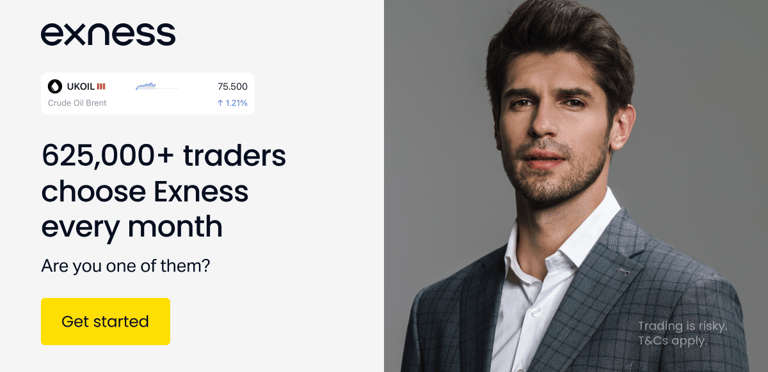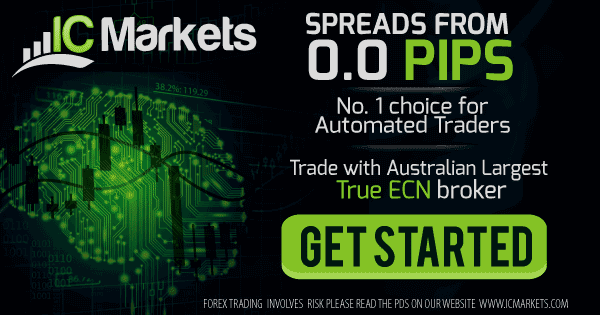About Us
Forex trading, also known as foreign exchange trading or currency trading, is the decentralized global market where all the world’s currencies are traded. The forex market is the largest and most liquid financial market in the world, with a daily trading volume exceeding $6 trillion as of the latest available data. Unlike stock or commodity markets, the forex market operates 24 hours a day, five days a week, due to the global nature of currency trading and the involvement of major financial centers across different time zones.
The primary purpose of forex trading is to facilitate the exchange of one currency for another, aiming to profit from changes in exchange rates. Participants in the forex market include central banks, financial institutions, corporations, governments, and individual traders. The forex market plays a crucial role in the global economy by enabling international trade and investment.
Key components of forex trading include currency pairs, exchange rates, and margin trading. Here’s a breakdown of these elements:
Currency Pairs:
In forex trading, currencies are quoted in pairs, such as EUR/USD (Euro/US Dollar) or USD/JPY (US Dollar/Japanese Yen).
The first currency in the pair is the “base currency,” and the second is the “quote currency.” The exchange rate indicates how much of the quote currency is needed to purchase one unit of the base currency.
Exchange Rates:
Exchange rates are determined by various factors, including economic indicators, geopolitical events, interest rates, and market sentiment.
Fluctuations in exchange rates create opportunities for traders to buy or sell currencies and profit from changes in their values.
Margin Trading:
Forex trading often involves the use of leverage, allowing traders to control a larger position size with a relatively small amount of capital.
While leverage can amplify profits, it also increases the risk of significant losses. Traders should exercise caution and have a solid understanding of risk management.
Market Participants:
Central Banks: Central banks play a crucial role in the forex market by influencing exchange rates through monetary policy, interest rate decisions, and interventions.
Financial Institutions: Large banks, hedge funds, and other financial institutions participate in the forex market to facilitate international trade, manage currency exposure, and seek profit opportunities.
Corporations: Multinational companies engage in forex trading to hedge against currency risk arising from their international business activities.
Retail Traders: Individuals participate in the forex market through online trading platforms, aiming to capitalize on short-term price movements.
Trading Platforms:
Forex trading is conducted through electronic trading platforms provided by brokers. These platforms offer real-time quotes, charts, and various tools for analysis.
MetaTrader 4 (MT4) and MetaTrader 5 (MT5) are popular trading platforms widely used by retail traders.
Risk Management:
Successful forex trading requires effective risk management strategies to protect capital. This includes setting stop-loss orders, diversifying trades, and avoiding excessive leverage.
Market Analysis:
Traders use fundamental analysis, which involves evaluating economic indicators and news, and technical analysis, which involves studying price charts and patterns, to make informed trading decisions.
It’s important to note that while forex trading offers significant opportunities for profit, it also involves substantial risks. Traders should approach the market with a clear understanding of the complexities involved, a solid trading plan, and a commitment to ongoing education. Additionally, staying informed about global economic events and market conditions is essential for making informed decisions in the dynamic and ever-changing forex market.








